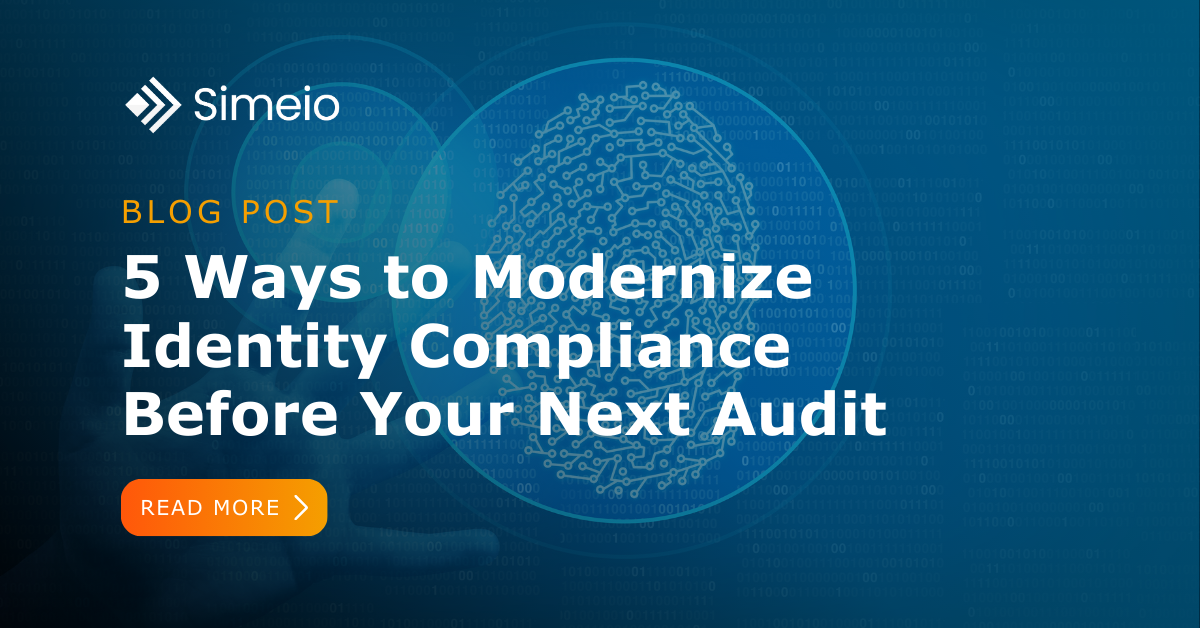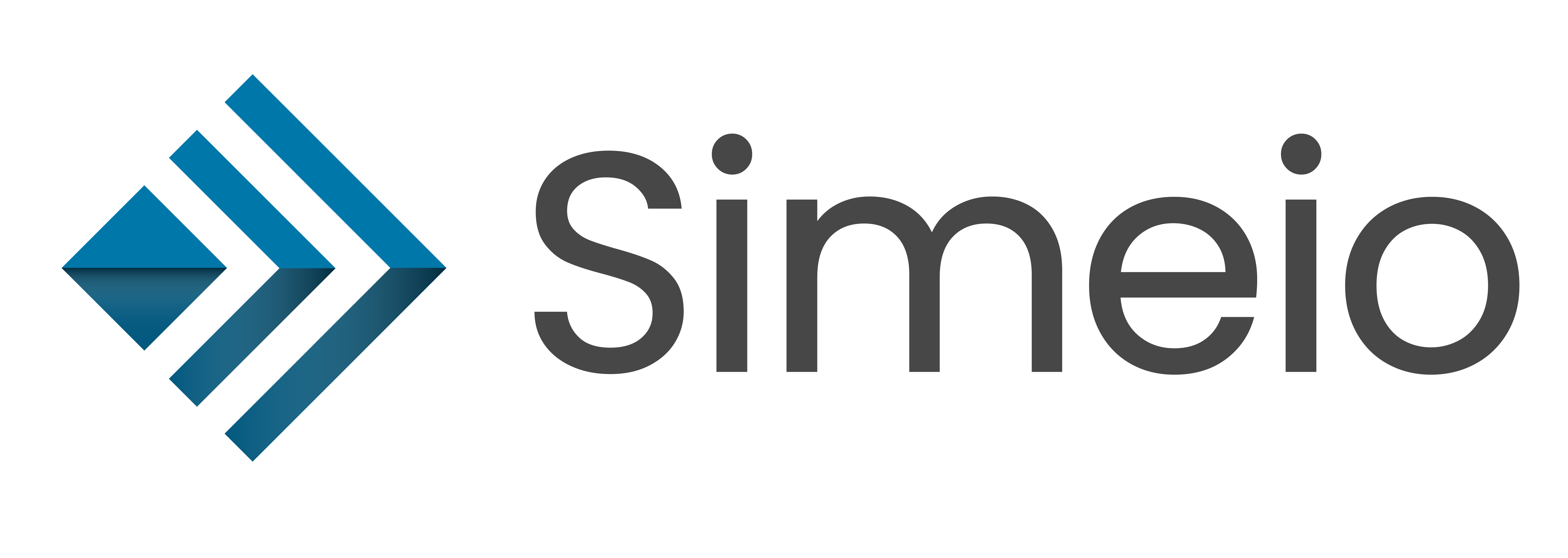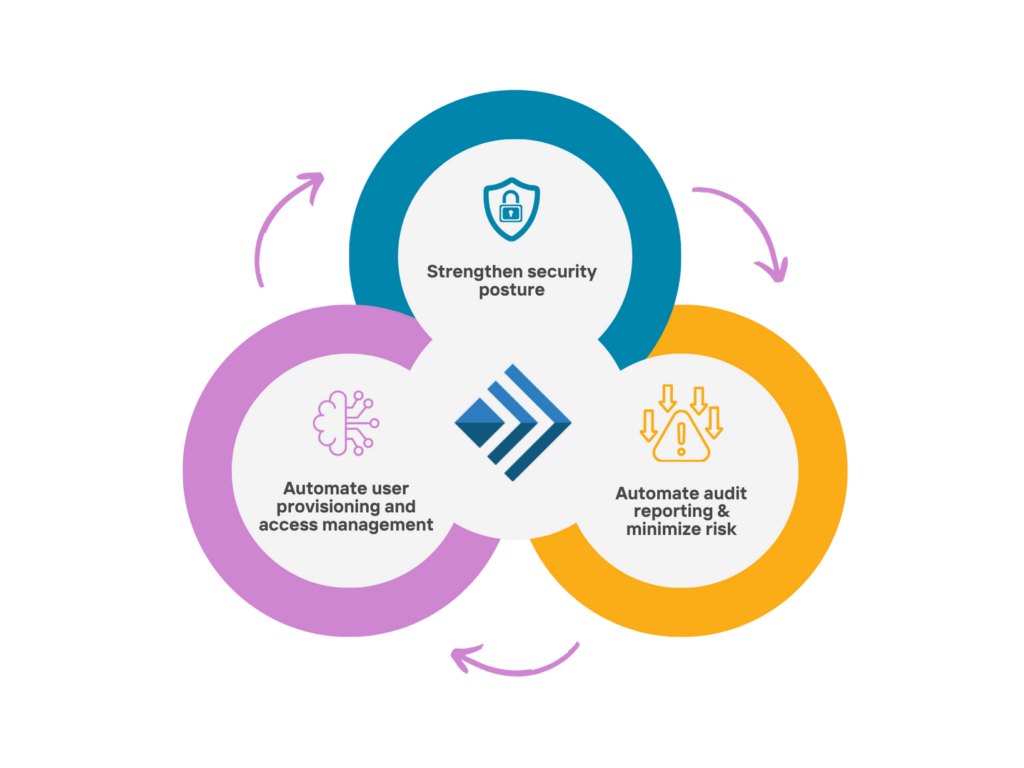
Imagine this: a Fortune 500 company—let’s call them Company X—discovered during a routine audit that more than 2,000 former employees still had active access to sensitive systems, including customer data, financial applications, and internal collaboration tools. No breach had occurred yet, but the exposure was undeniable. The compliance team flagged it. Legal got involved. And the security team scrambled to answer the most important question: How did this happen?
The answer wasn’t unusual. Company X had all the right policies in place. But the execution relied on spreadsheets, siloed systems, and too many assumptions. What they lacked was visibility, governance, and a way to prove, at any moment, that access across the organization matched business intent.
That’s the reality for many enterprises today.
For modern businesses, identity compliance is more than a box to check. It’s a foundational requirement for operational resilience, customer trust, and long-term growth. Yet, too often, compliance is treated as an end-of-year exercise, driven by external pressure rather than internal strategy.
The reality is this: identity compliance isn’t just a regulatory issue. It’s a security imperative.
Why Identity Compliance Matters
With the average cost of a data breach now exceeding $4.88 million and regulatory pressure intensifying worldwide, organizations can no longer afford to treat compliance as a periodic effort. Regulations like GDPR, HIPAA, SOX, and PCI-DSS demand continuous proof that the right people have the right access to the right resources—and nothing more.
Failure to comply doesn’t just invite fines. It exposes businesses to internal misuse, external threats, and reputational damage that can take years to recover from.
The Compliance Gap
Traditional IAM programs often fall short of supporting continuous compliance. Siloed systems, manual access reviews, and outdated role models make it difficult to answer simple—but critical—questions:
- Who has access to what?
- Is that access appropriate?
- Can we prove it?
Worse still, many organizations rely on after-the-fact audits instead of proactively enforcing least privilege and separation of duties. By the time red flags are raised, the damage is already done.
The Case for Continuous Compliance
Achieving and maintaining identity compliance requires a shift in mindset from reactive reporting to continuous governance. That means integrating compliance into every stage of the identity lifecycle: joiner, mover, and leaver.
Best-in-class organizations are turning to intelligent IAM solutions that automate compliance tasks and provide real-time visibility into access risks. Features like:
- Policy-based access enforcement
- Automated access certifications
- Real-time identity risk intelligence
- Centralized orchestration
These capabilities are built for scale, speed, and adaptability.
Compliance Is a Moving Target
As regulatory landscapes evolve and hybrid work models expand, the definition of “compliance” is becoming more dynamic. Static policies and periodic reviews no longer suffice. Organizations need adaptive frameworks that can accommodate new requirements, roles, and technologies as they emerge.
That’s where Identity Orchestration makes the difference. By centralizing identity governance, automating enforcement, and aligning access decisions with risk, orchestration transforms compliance from a point-in-time activity into a continuous, integrated process.
Building a Strong Identity Compliance Strategy
Here are five ways to modernize identity compliance so your organization is always audit-ready and never playing catch-up.
1. Shift from Periodic Reviews to Continuous Governance
Regulatory requirements like SOX, HIPAA, GDPR, and PCI-DSS demand ongoing proof that access is appropriate, auditable, and revocable. Traditional approaches treat compliance as a once-a-year activity, leading to rushed audits, inconsistent data, and unchecked access.
Modern compliance starts with always-on governance. When governance is embedded into the identity lifecycle, compliance becomes proactive, not reactive.
2. Automate Access Certifications and Lifecycle Events
Manual reviews and ad hoc deprovisioning create risk. If your team still relies on spreadsheets to certify access, you’re vulnerable to orphaned accounts, over-provisioning, and missed deadlines.
Whether it’s onboarding a new hire, managing a promotion, or deactivating access upon departure, identity changes should be orchestrated with speed and precision—and tracked from start to finish.
3. Leverage Identity Risk Intelligence for Better Decisions
It’s no longer enough to know who has access. You need to understand how that access is used, where it deviates from policy, and what it means for your risk profile. This enables teams to prioritize remediations and demonstrate compliance with confidence.
4. Implement Role-Based and Policy-Driven Access Controls
Many compliance failures stem from inconsistent or overly broad access policies. Role-based access control (RBAC) and policy-based provisioning help enforce standardization and make exceptions traceable.
5. Orchestrate Compliance Across the Entire Identity Stack
Too many organizations patch together point solutions and call it a compliance strategy. But true governance requires a unified approach that integrates access decisions, policies, entitlements, and certifications across your full identity landscape.
Whether managing legacy systems or modern SaaS, every identity decision should be governed, logged, and auditable. That means faster audit prep, lower risk, and stronger security.
The Simeio Advantage
At Simeio, we believe identity compliance should be baked into your identity fabric—not bolted on as an afterthought. Our approach goes beyond checklists and control frameworks. We help you build an adaptive, intelligent compliance engine that evolves with your business, your risk profile, and your regulatory obligations.
If your current approach relies on checklists, spreadsheets, and hope, it’s time to rethink it. Because staying compliant shouldn’t mean slowing down.

